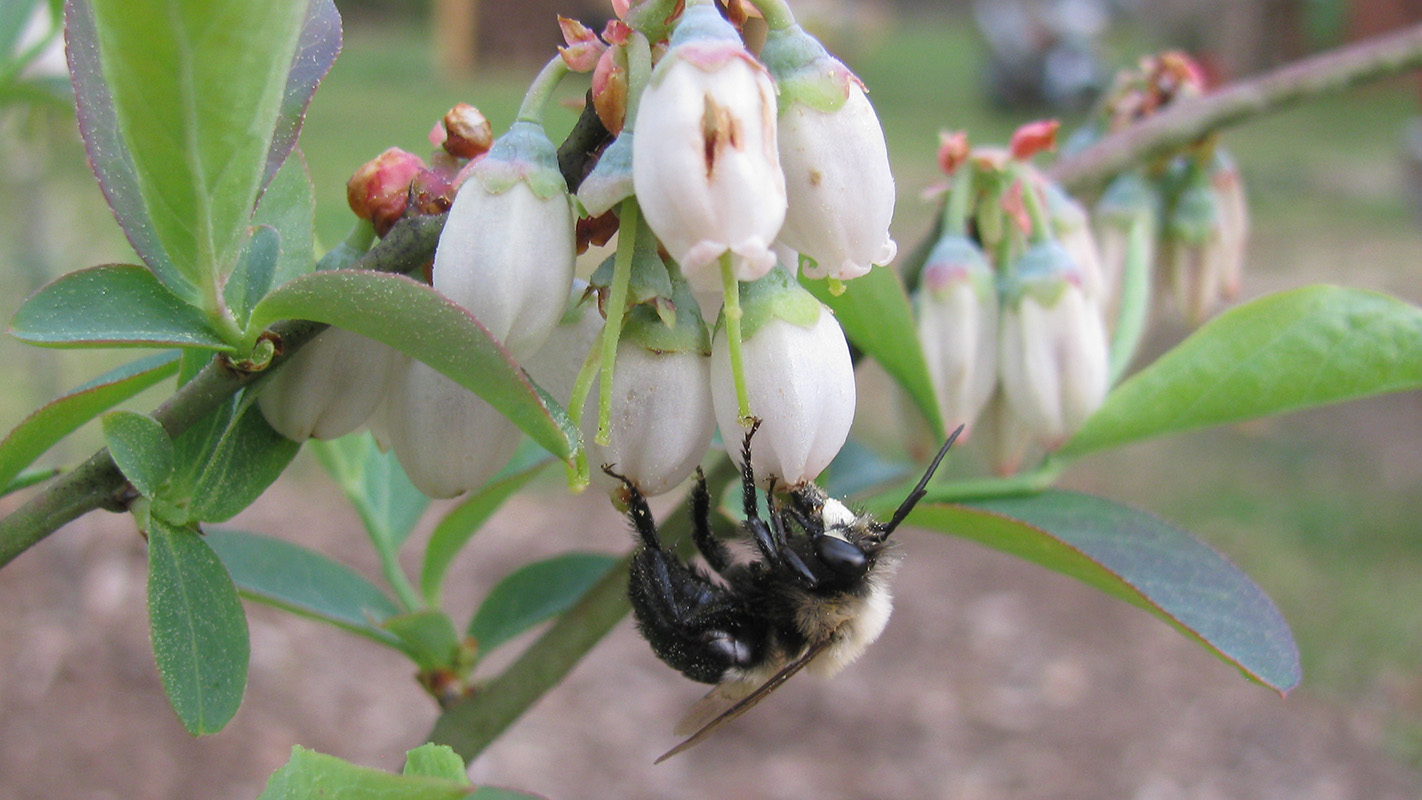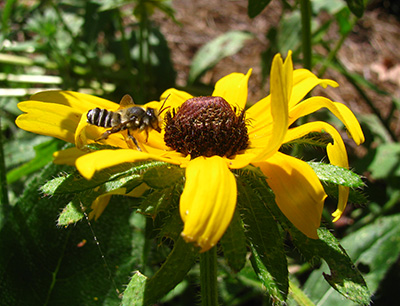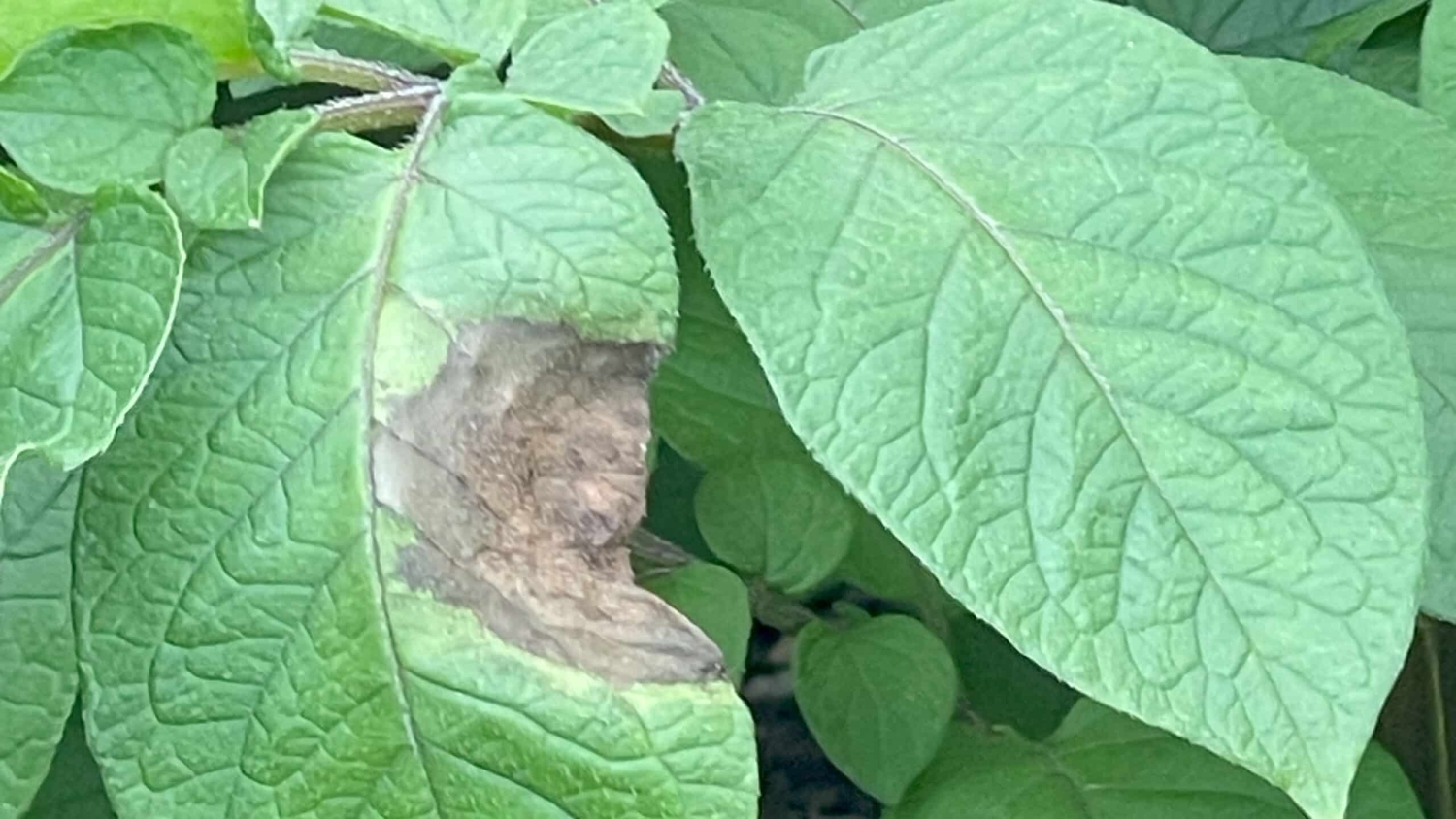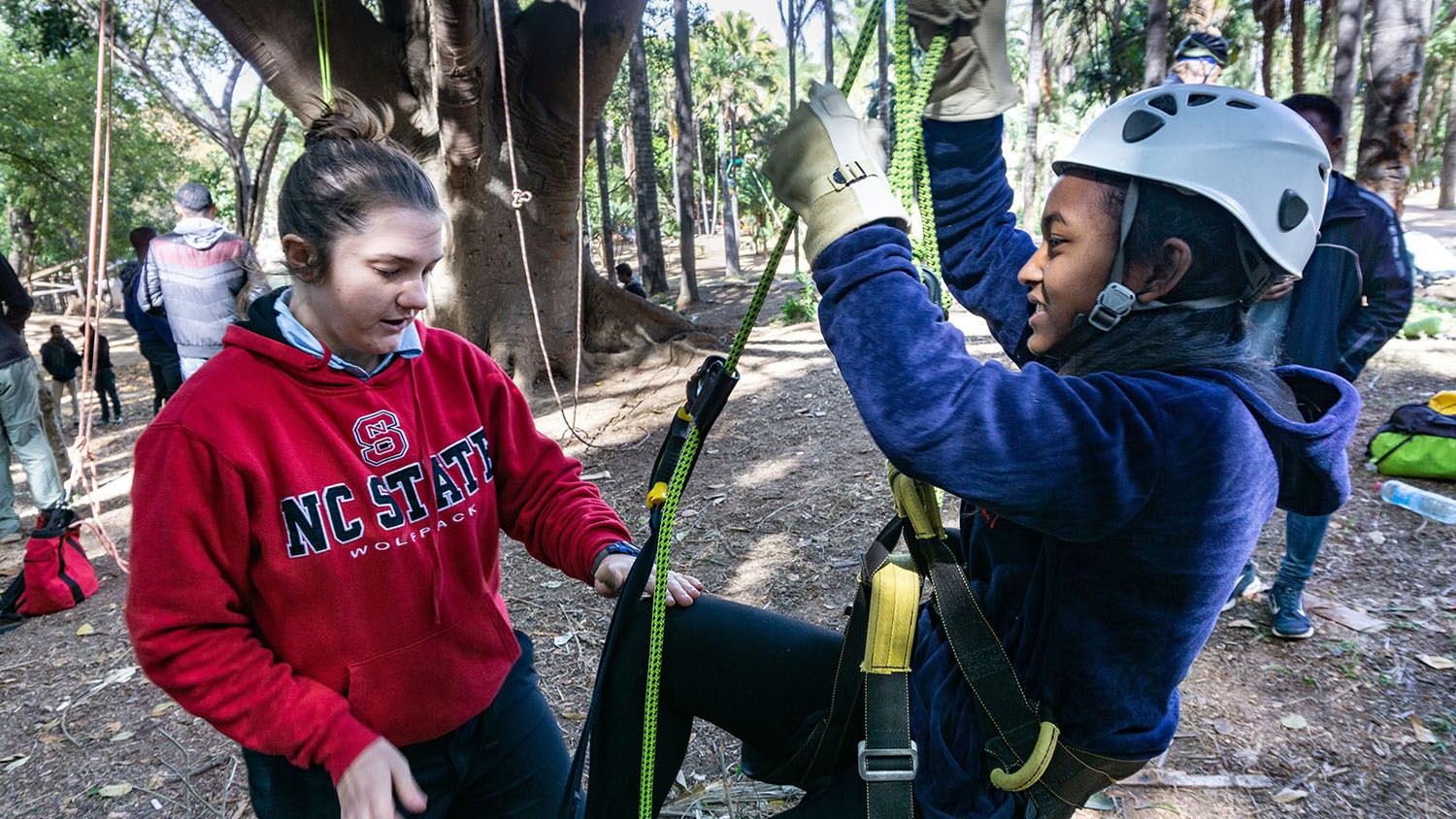Top 5 Reasons to Garden for Native Bees

Photo credit: Elsa Youngsteadt
Editor’s Note: This is a guest post by Elsa Youngsteadt, a research associate in NC State’s Department of Entomology. The post first appeared on the insect ecology and integrated pest management blog, EcoIPM.
Lately, folks have been calling us “The Bee People.” We like this title. Although maybe we could be “The Native-Bee People,” just to be clear. Three of us urban ecologists in Steve Frank’s lab—Margarita Lopez Uribe, April Hamblin, and I—study native bees, enjoy them in our gardens, and want to share them with you.
We’ll be doing that on May 16 at the JC Raulston Arboretum in Raleigh at our workshops on gardening for native bees. We’re offering two sessions—one in English (8:30 – 11:30 am) and one in Spanish (10:30 am – 1:30 pm). The cost is $10 for arboretum members and $15 for nonmembers, and you can register online here (English) o aquí (español).

Here are the top five reasons you should join us! You will:
5. Enrich your experience in your yard or garden. As recently as a few years ago, even I—a card-carrying entomologist—had only the vaguest sense of bee diversity. I would have mistaken many native bees for wasps and never even noticed a lot of others. North Carolina alone is home to more than 500 species of native bees. Bringing this diversity into focus through gardening and research has been a delight, heightening awareness of the habitats and seasons in my own backyard. We want to share this experience with you!
4. Embrace the truth about stinging. Male bees can’t sting, which leaves only half the population armed. And even female bees aren’t in the mood to sting while foraging on flowers. You may be surprised to find yourself spending time in your garden, peering at bees just inches from your nose, with no repercussions.
3. Beautify your yard. Bee food also happens to be pretty: Who doesn’t like flowers? In our workshop, we’ll review (and then go plant! and take home!) some of the best pollen and nectar sources for native bees. Landscape designer extraordinaire Anne Spafford will explain how to arrange your plants in an attractive, inviting way.
2. Enhance pollination in your garden. Bumble bees and other native bees are some of the most efficient pollinators of fruits and vegetables. Honey bees (native to Europe) are no good at pollinating tomatoes and their close relatives, for example, and they aren’t particularly efficient at fruit trees, either. By supporting a thriving population of diverse, native bees, you’ll have a greater variety of pollinators ready to step in and work the plants they know best.
1. Contribute to a bee-friendly landscape across North Carolina. Native bees, as a group, are fundamental to healthy agricultural and natural systems in our state. Without them, many plants couldn’t reproduce. By creating even a little bit of bee habitat, you’ll join a movement that, collectively, can help improve conditions for these insects throughout our landscape.
Our workshop is supported by Logan’s Trading Company, Niche Gardens, Whole Foods, and the JC Raulston Arboretum. We hope to see you there!
This post was originally published in NC State News.


